Interview
Interview: Emilia Dragosz
In conversation with Warsaw based artist Emilia Dragosz who graduated from the Faculty of Painting at the Academy of Fine Arts in Kraków.
Can you talk about your journey into or interest the arts?
I wanted to become an artist since I can remember. I always loved to paint and my parents helped me to get interested in art as well. My family home is full of antiques, paintings, graphics and furniture which my parents restore at work. We travelled quite a bit and visiting museums and art galleries was the most important thing on our ‘to do’ list. I’ve graduated from the same art high school as my parents.
At that time, I frequently explored their works and tried to learn from them. I hesitated only once, when I had to choose what I wanted to study. I felt a lot of pressure to think about my future and career possibilities. I guess I was under my parents’ influence and I picked Painting Restoration. Luckily, I failed entrance exams.
Further on the road, I met some people who encouraged me to follow my dreams and study painting at Academy of Fine Arts in Kraków. I moved there, learned a new technique of oil painting – totally different style of building forms and structures in the picture. I’ve put a lot effort in it and finally I made it – I got admitted.
Do you use a sketchbook? I’m interested in what a sketchbook means to you and your work?, or how people develop their ideas.
Lately, I’ve been making acrylic sketches on paper before I start working on canvas. Starting point is browsing through my mobile camera roll. I use photographs I take when I’m with my girlfriends. I don’t transfer photos directly into paintings. I usually combine a couple of fragments to emphasize the meaning and to transform random documentation into my personal form of expression.
Can you talk about the influences upon your work?
It is difficult to define what inspires me in particular. For sure, works of other painters. In the past I was immersed in studying old masters and I reckon it is still an inexhaustible source of knowledge (even though my own style of painting have changed over the years). Sometimes ideas come to me, when I watch films or photo books.
Nowadays, I try to be more aware of my closest environment. I want to be vigilant of tiny bits of reality, I can then assemble in the pictures. It also happens to me, that a painting is a natural starting point of another one. I never plan my paintings ‘start to finish’. Even if I sketch, I make a room for experiments. Working spontaneously can bring new refreshing ideas.
Many of your pieces are quite haunting in nature, can you talk about this?
Nature is a frequent subject in my works. I live in the city, I miss contact with nature a lot and I’m afraid I’m moving away from it. I can fully relax only in the natural environment. On the other hand, I’m a bit scared to be in the wild. I can’t move too far from seashore or lakefront. I couldn’t sleep under the stars and I wouldn’t go to the forest alone after dark. I think we act differently when we are separated from our urban lifestyles. We can feel forgotten instincts, we leave behind the daily issues. It is easier to feel the pure joy of life and to spot beautiful details of reality. I think, it is the connection with nature I’m looking for, which is in fact, connection with my true self.
Can you talk about your process of working. How do you work, how often, is there a particular pattern?
I’m in my art studio as much as I can be. This year I’ve got the annual grant from the Ministry of Culture and National Heritage, so I can focus more on creating. Usually, I work on two pieces at the same time. My technique consists of a lot of layering. When one painting is drying up, I switch canvases.
The amount of time I spend in the studio depends on my other duties, but I never wait for a special moment to go there. I go when I can even if I don’t touch my brushes. My professor taught me to be in the studio even only to think about painting. I still think it is a valuable piece of advice.
I really appreciate regularity and rhythm. It’s easier for me to work when don’t experience longer breaks. I love the days when I can paint all day – from morning until late. It’s getting dark outside, everything’s getting calmer – that’s the time when I start experimenting with the picture.
Do you find the process of creating work relaxing or therapeutic? I’ve become increasingly interested in the relationship of the artist to their working patterns and environment.
First and foremost, it is a strong need and a form of therapy. I reach for the topics that are directly related to my life therefore I can express my thoughts, needs and problems through art. I can’t work at home, so I rent a separate space. Being in the studio itself, it’s a pleasure to me. It is a place where I can calm down and take a deep breath. I share this space with three other artists. One of them is my good friend, so even if we are very busy, we meet at work and chat about everything. There are moments, of course, when I’m not content with my progress which can affect how I feel. It is though, incomparable to all the good stuff I receive for myself through creating.

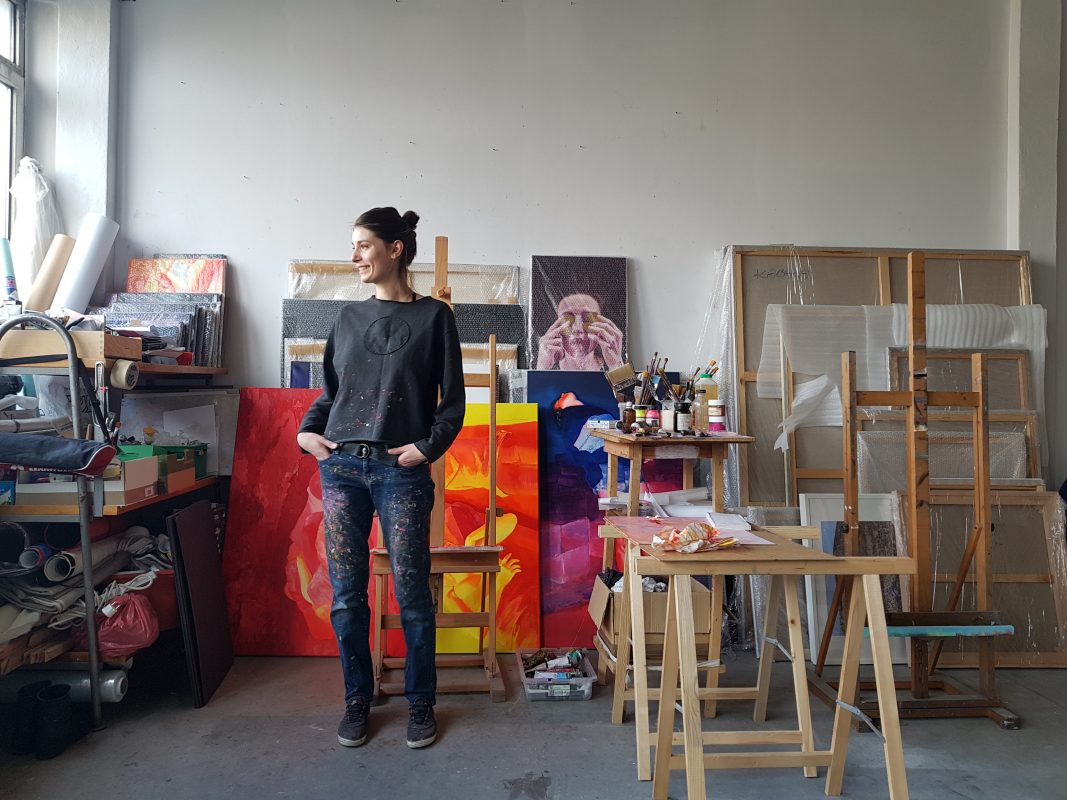
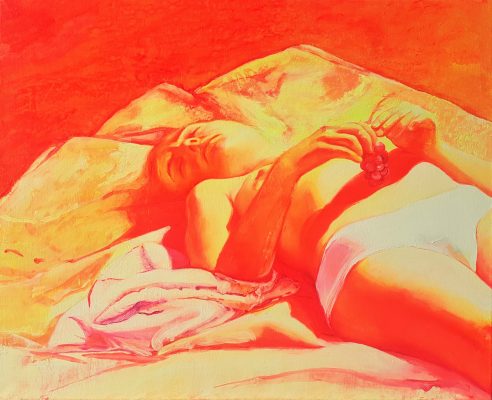
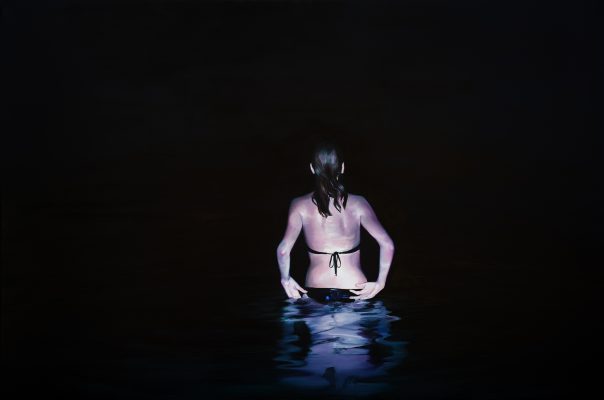
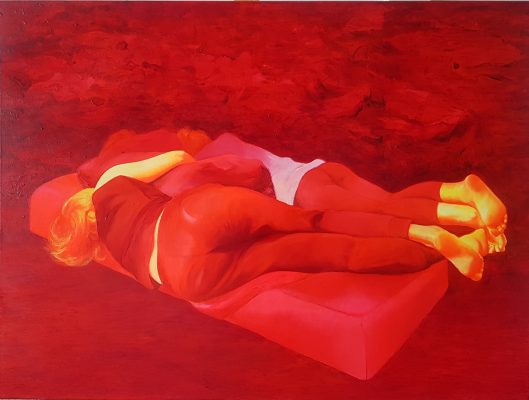
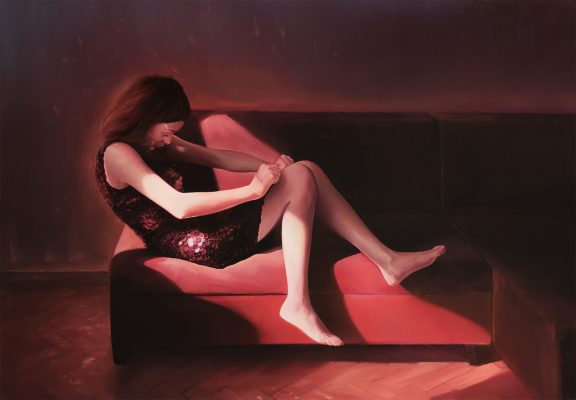
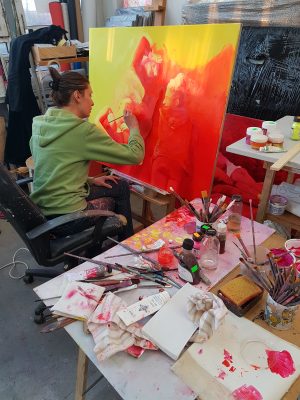
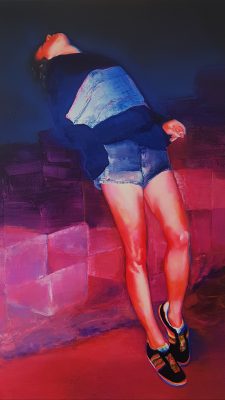
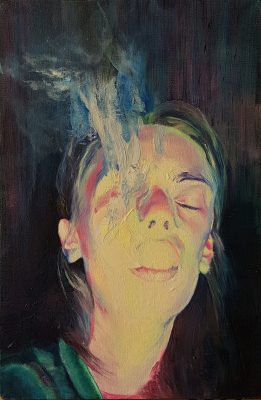
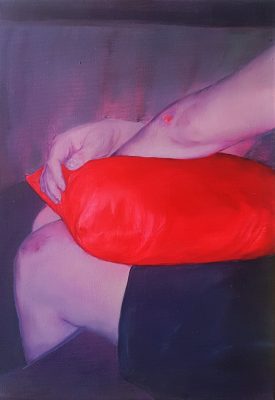
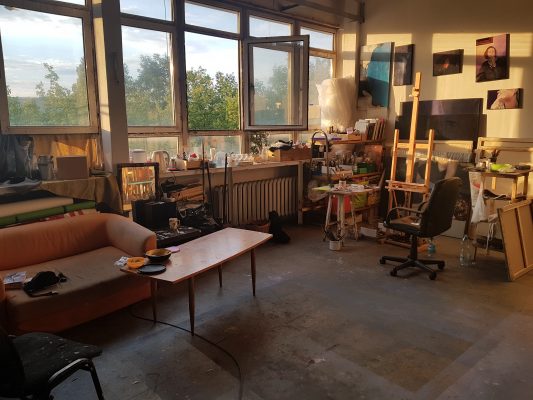
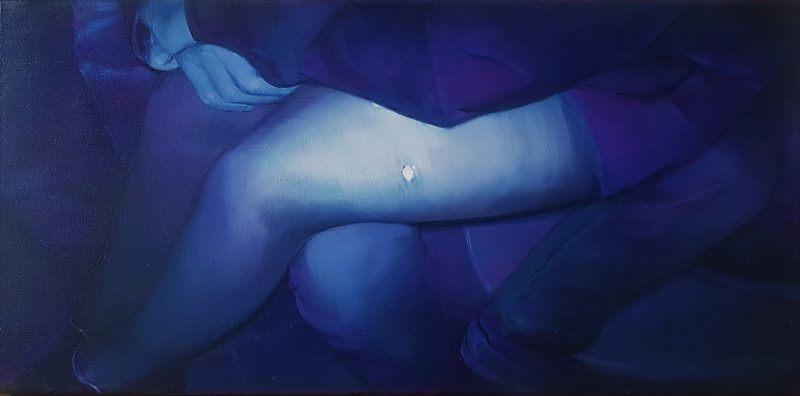
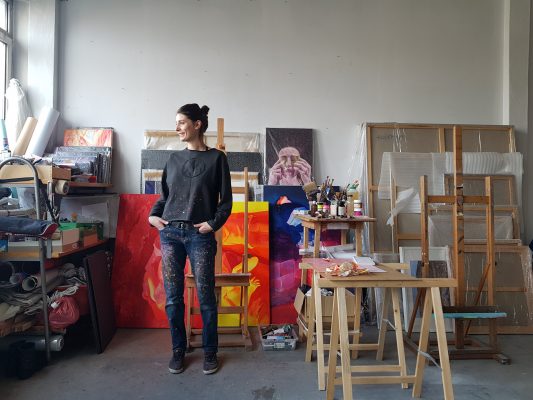
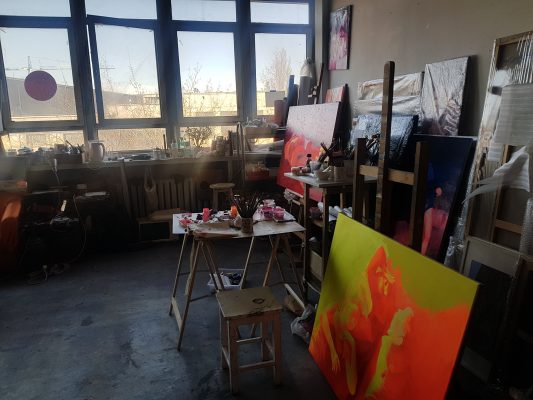
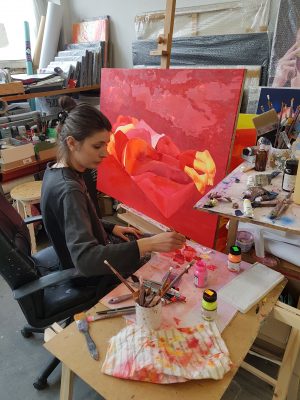
It’s always a real pleasure to read you, to listen to you talk about your feelings, your approach to paintings, what animates you, touches you. I’m very proud of you.
Thanks Jacq for your insightful comment. We’re glad you enjoyed the interview.